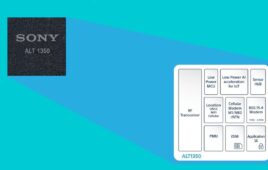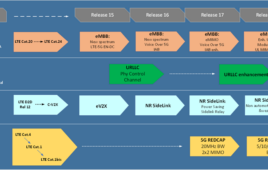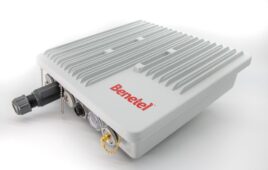The eReader market is maturing, and as it does, the lines between the tablet and the digital reader of books are quickly blurring. Take one look at the firmware update for the Barnes & Noble Nook Color (apps, email client, Flash, Froyo) and you’ll notice that at least one dedicated reader just merged with the designated media tablet lane.
While the Nook Color is certainly not aimed at going head to head with the iPad, at $250 it might have activated the “disruptive” alarm on Jeff Bezos’ souped up Kindle (come on, you know he has one).
I’ve asked a lot of analysts whether Barnes & Noble or Amazon will eventually start subsidizing their eReaders as a way of delivering and selling more content. After all, the research folks have been busily getting out the word that digital books topped paperbacks for the first time this past quarter. Most of the analysts that I’ve talked to have said no, we’re not there yet.
Still, I’m wondering if we’re creeping ever closer to the sub-$100 eReader, and if nothing else, the Nook Color just pushed things one step further to that price point. I’m unswayed by the e-ink argument about glare and battery life. The $250 eReader that allows me to surf the web, check email and download apps just topped the minor inconveniences of needing to find a shady spot in the park and occasionally having to plug into an outlet when I’m low on juice.
While nifty and all that, e-ink just became the screen of the $50-$80 reading device, and the Nook Color just forced Amazon into producing a color touch-based tablet.
So let’s just assume that all the rumors of an Amazon media tablet to challenge the iPad are true. Where does that leave those lowly black-and-white e-Ink devices? Dead? No. Cheaper? Absolutely!
Amazon’s Kindle with Special Offers, which is at least partially subsidized by advertising and runs for $114, is just the first small step towards the dirt cheap eReader. Kindle with Special Offers is the beginning of the fragmentation of the eReader market happening before your very eyes. What’s nice is that unlike fragmentation in the smartphone world, this kind of fragmentation within a device class is actually a good thing.
For retailers, the bargain eReader means selling more content on more devices to more readers. For consumers, it means more realistically priced choices. I couldn’t justify paying $139 for a B&N e-Ink Nook when I could get a “tablet-like” Nook Color for $250. However, the first book retailer to the $50-$70 e-Ink eReader will be my elected read-in-the-sun-and-on-overseas-flights companion.
Again, we’re not there yet, but we’re getting really close to the day when the branded eReader will be as common and low-priced as the calculator. At this point it’s all about adoption and getting consumers used to the idea of the digital book. Once there’s enough eReaders, both e-Ink and LCD, content sales will incentivize retailers to drop device prices even further.
I want to add that it will be a long time before the eReader drives the paper book into obsolescence. Why? Because it costs too much for most readers to buy every book they read. While the eReader may be a great travelling companion, it’s no substitute for borrowing a stack of summer beach reading from the public library. Electronics tend to be about as tolerant of the elements (particularly sand and water) as Super Man was to kryptonite.
In contrast, I’ve never been fined, nor has a paper book ever complained, over a little bit of sand between the pages.




